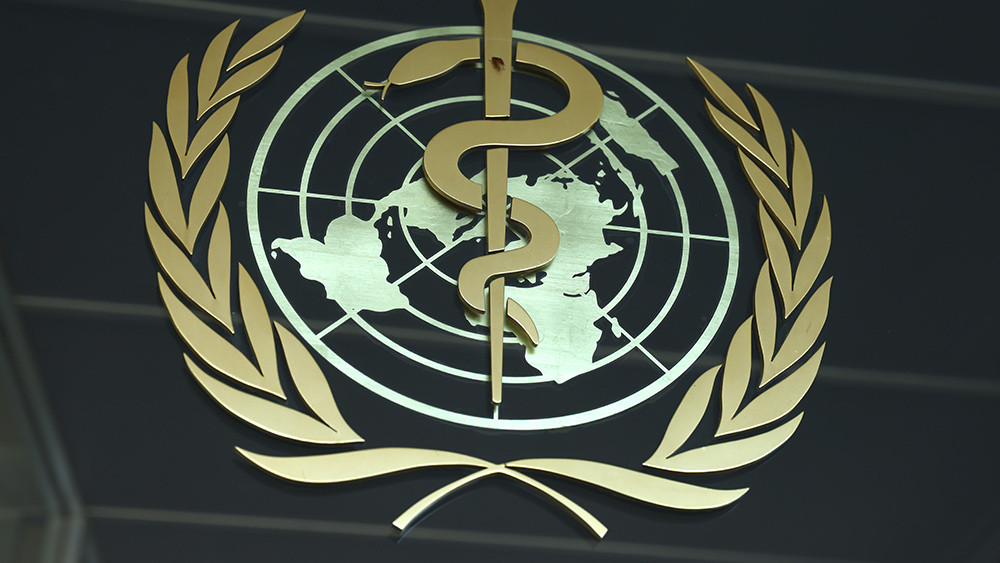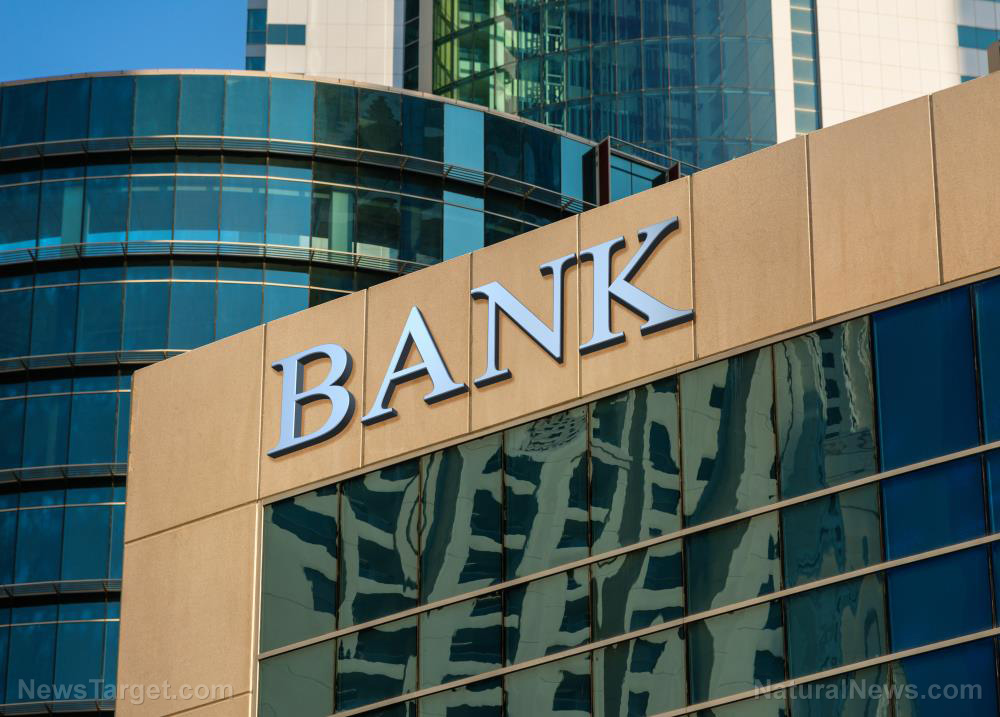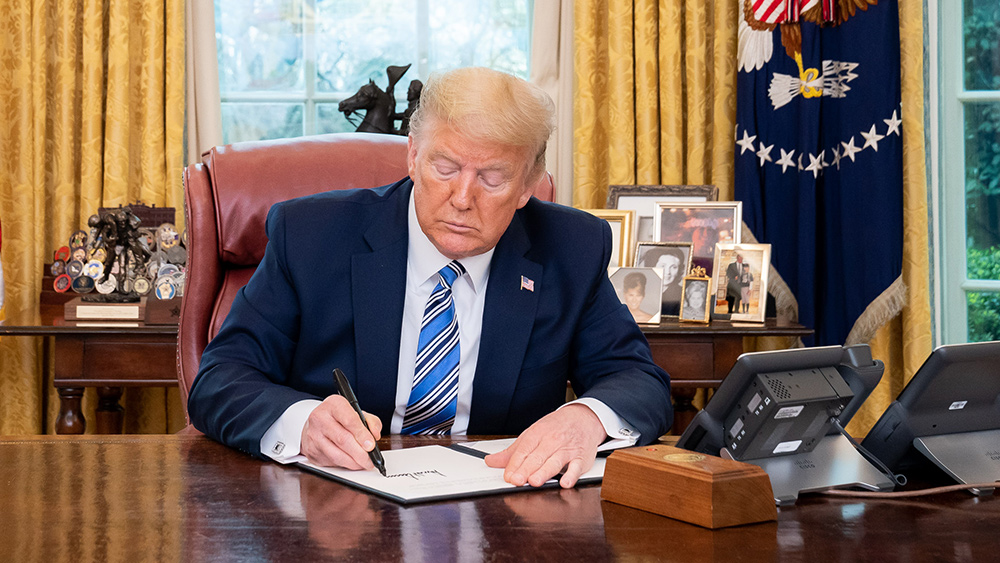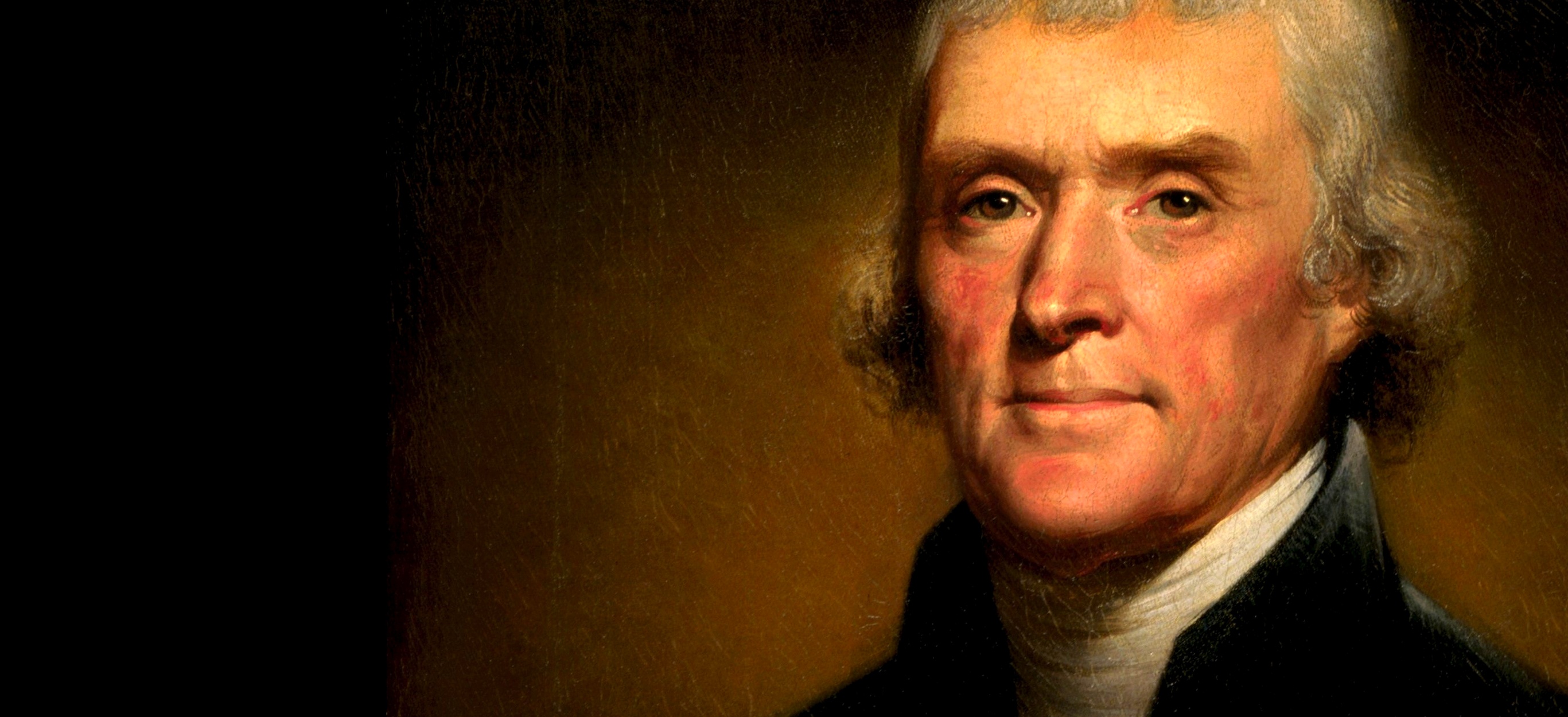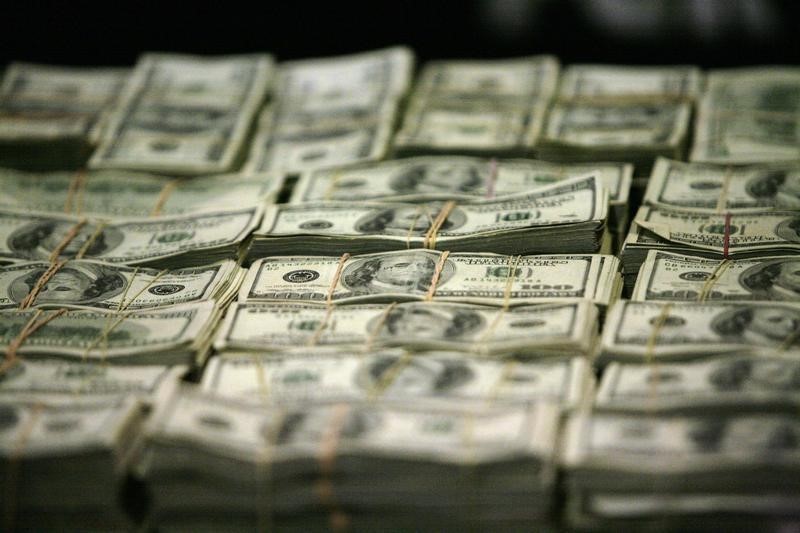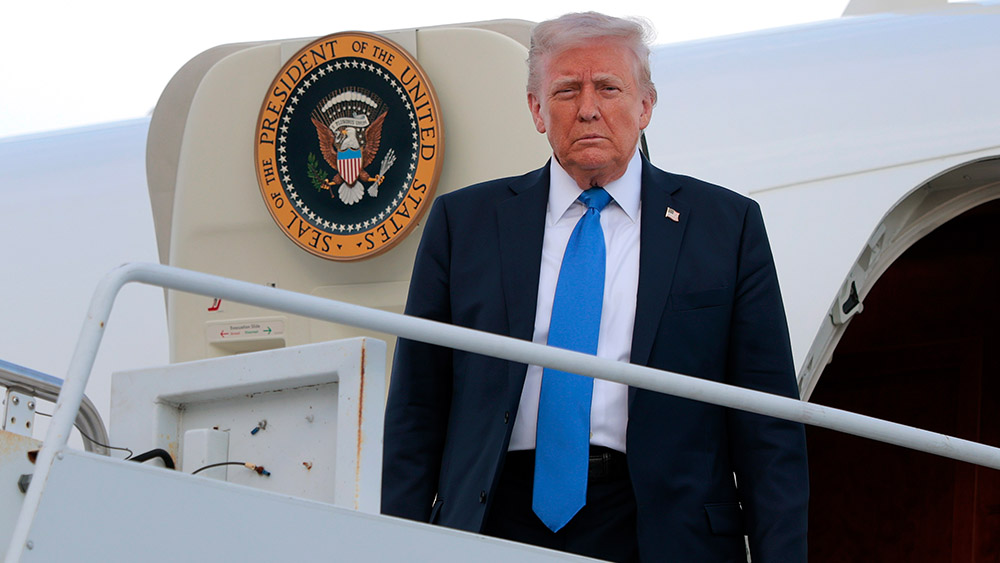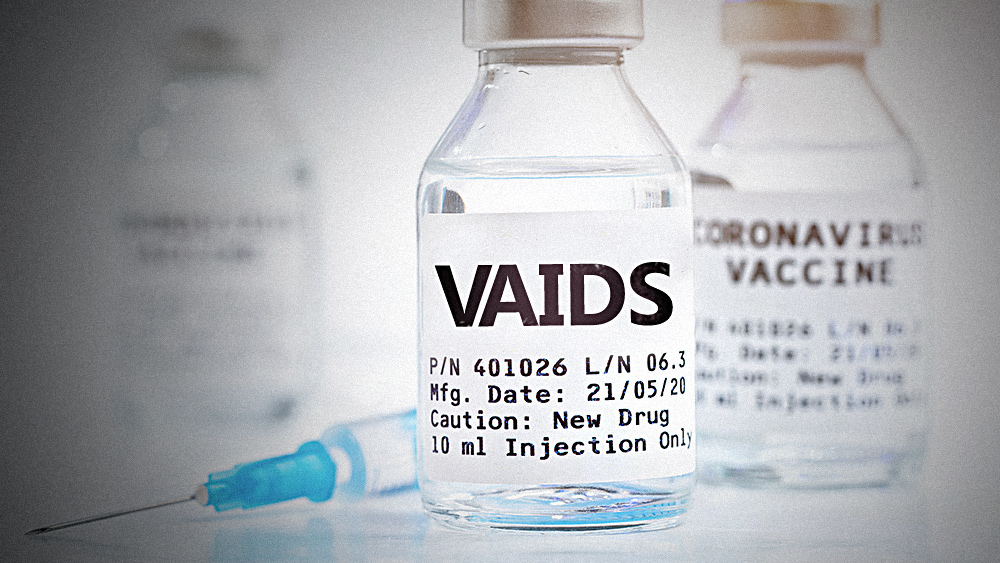Central banks ramp up domestic gold purchases, often sourcing from local mines
07/17/2025 / By Ramon Tomey

- Over half of central banks now source gold directly from local mines using domestic currencies – bypassing traditional international markets – to cut costs and support local economies. This comes amid a 27 percent year-to-date surge in global gold prices, reaching over $3,300/ounce.
- Nations like Ghana, Tanzania and Colombia prioritize domestic purchases to reduce reliance on U.S. dollars amid monetary instability. This shift avoids fees, shipping costs and foreign reserve depletion while strengthening local currency systems.
- Countries without certified refiners must export gold for processing, limiting savings. Critics cite risks like environmental harm from artisanal mining, but central banks could improve supply chain traceability by institutionalizing purchases.
- Gold reserves grew by 1,000+ metric tons annually since 2020 – double pre-pandemic averages – reflecting declining trust in fiat currencies. A WGC survey found 95 percent of central banks expect reserves to rise further, with 73 percent predicting reduced U.S. dollar dominance in reserves within five years.
- The trend mirrors historical gold-backed stability during crises. Today, central banks favor gold (and alternatives like the yuan) as debt and geopolitical tensions escalate, marking a strategic return to localized reserve accumulation.
As global gold prices soar past $3,300 an ounce – a 27 percent year-to-date increase – central banks are quietly rewriting the playbook on reserve accumulation.
In a historic pivot, nearly 53 percent of central banks with access to local gold production now bypass traditional international markets, according to a World Gold Council (WGC) report. It also found that these central banks are sourcing bullion directly from domestic mines using local currencies.
Nations like Ghana, Tanzania and Colombia are leading the way when it comes to this strategy, which slashes costs and bolsters local economies. It also reduces reliance on U.S. dollars during an era of geopolitical turbulence and monetary instability.
Historically, central banks acquired gold through London’s over-the-counter market, trading in U.S. dollars for high-purity bars stored in elite vaults. But soaring prices and supply-chain risks, exacerbated by Western sanctions on Russia’s gold sector in 2022, have spurred a paradigm shift.
“You can make an argument that it’s cheaper than buying gold on the international market,” said Shaokai Fan, WGC’s head of central banks, noting domestic purchases often occur at a discount. Ghana’s recent mandate for miners to sell 20 percent of output to the state exemplifies this trend. Tanzania and Mongolia have enacted similar policies.
The tactical advantages are compelling. Domestic purchases avoid intermediary fees, shipping costs and depletion of foreign exchange reserves. “You’re able to grow your reserves using local currency and therefore not sacrifice another reserve asset,” Fan explained.
The end of dollar dominance? Central banks betting big on gold
Yet challenges persist. Countries without London Good Delivery (LGD)-certified refiners like Ghana and Zambia must export gold for processing, eroding savings. The Philippines and Kazakhstan, with in-country LGD facilities, streamline these operations.
Critics warn of risks tied to artisanal mining, including environmental harm and labor abuses. However, WGC argues central banks could “formalize and clean up” supply chains by becoming institutional buyers. According to Fan, “having a credible, large-scale buyer like the central bank gives small-scale miners a legal and fair outlet.” He dubbed this strategy a “win-win” scenario for traceability and economic stability.
Central banks added more than 1,000 metric tons annually over the past three years – double the pre-2020 average – amid declining confidence in fiat currencies.
The WGC report, which surveyed 73 central banks, also found that 95 percent expect global gold reserves to rise further – with 43 percent planning to boost their own holdings. Notably, 73 percent of foresee reduced U.S. dollar dominance in reserves within five years, favoring gold and alternatives like the yuan. (Related: Central banks continue adding gold to their net holdings as fears rise of a global currency collapse.)
From colonial-era gold rushes to Bretton Woods’ collapse, gold has repeatedly anchored economies in crisis. Today, as debt balloons and geopolitical fractures widen, central banks are reviving that tradition straight from their own backyards.
Listen to Steve Quayle revealing the crisis in the gold market during his appearance on the “Health Ranger Report” with Mike Adams.
This video is from the Brighteon Highlights channel on Brighteon.com.
More related stories:
Record-breaking gold purchases by central banks observed in Q1 2023.
Central banks continue their streak of accumulating more gold in 2023.
Sources include:
Submit a correction >>
Tagged Under:
Bubble, central banks, dollar demise, domestic markets, economic riot, finance riot, gold, gold purchases, gold report, Gold Reserves, local mines, market crash, metals, mining, money supply, Precious Metals, risk, World Gold Council
This article may contain statements that reflect the opinion of the author
RECENT NEWS & ARTICLES
COPYRIGHT © 2017 BIG GOVERNMENT NEWS


